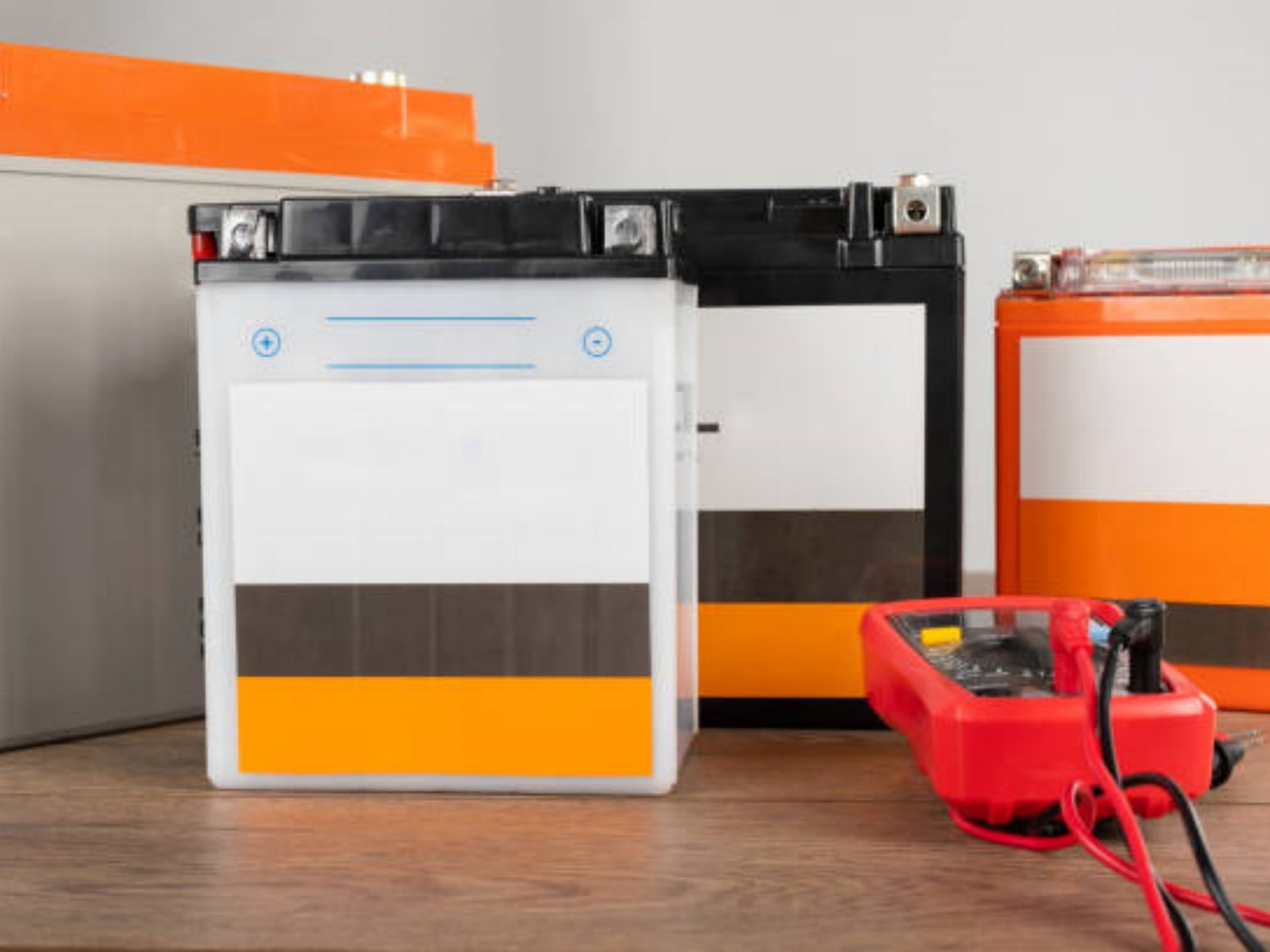Introduction
Welcome to our comprehensive guide on Vacuum Cleaner Power Management Systems. In this article, we will explore the various aspects of these systems, their benefits, and how they can help you maximize the efficiency and extend the battery life of your vacuum cleaner. Whether you're a professional cleaner or a homeowner looking for ways to enhance your cleaning routine, understanding vacuum cleaner power management systems is essential. Let's dive in!
The Importance of Efficient Power Management
Efficient power management is crucial for vacuum cleaners, as it directly impacts their performance and usability. A vacuum cleaner with poor power management may have shorter battery life, reduced suction power, and overall subpar cleaning performance. By investing in a vacuum cleaner with a robust power management system, you can save time, energy, and money in the long run.
1. Understanding Vacuum Cleaner Power Consumption
Before delving into power management systems, it's essential to understand how vacuum cleaners consume power. These devices draw power from their battery or power outlet to generate suction and perform cleaning tasks. The power consumption depends on various factors such as the type of vacuum cleaner, suction settings, accessories used, and the surface being cleaned.
2. The Role of Power Management Systems
A vacuum cleaner power management system regulates the power usage to optimize cleaning performance and battery life. These systems employ advanced technologies and algorithms to monitor and control the power flow within the vacuum cleaner. By intelligently managing the power, they ensure that the vacuum cleaner operates at its peak efficiency while minimizing energy waste.
3. Energy-Saving Modes
One of the key features of a vacuum cleaner power management system is the inclusion of energy-saving modes. These modes allow users to customize the power usage based on their cleaning needs. For example, a "low power" mode may reduce suction power and extend battery life, whereas a "high power" mode provides maximum suction for deep cleaning. By switching to the appropriate mode, you can optimize power consumption.
4. Smart Sensors for Optimal Performance
Modern vacuum cleaner power management systems often incorporate smart sensors to enhance their performance. These sensors can detect the type of surface being cleaned, adjust the suction power accordingly, and even detect obstacles or blockages. By dynamically adapting to the cleaning environment, the vacuum cleaner can operate with optimal power usage, ensuring efficient cleaning results.
5. Battery Management for Extended Runtime
Battery management is a vital aspect of vacuum cleaner power management systems. These systems monitor the battery level in real-time and provide users with information about the remaining runtime. Additionally, they optimize the power flow to ensure the battery is used efficiently, extending the cleaning time per charge. Some advanced systems even employ techniques such as intelligent charging to prolong the overall battery life.
6. Intelligent Power Allocation
Intelligent power allocation is another feature offered by vacuum cleaner power management systems. This functionality allows the system to distribute power to different components of the vacuum cleaner based on their requirements. For example, when the motor requires more power for increased suction, the power management system can allocate additional power while reducing power to other components. This ensures optimal performance without draining the battery unnecessarily.
7. Automatic Shut-off and Standby Mode
To further conserve energy and extend battery life, many vacuum cleaner power management systems incorporate automatic shut-off and standby modes. These modes automatically turn off the vacuum cleaner after a period of inactivity or when it's fully charged. By preventing unnecessary power consumption, these features contribute to a more eco-friendly cleaning experience.
8. Monitoring and Maintenance
Power management systems often include monitoring and maintenance features to keep the vacuum cleaner in top condition. These systems can provide alerts and notifications when the filters need cleaning or replacement, when the dustbin is full, or when any other maintenance tasks are required. By staying on top of these maintenance needs, you can ensure the vacuum cleaner operates at its best, maintaining optimal power efficiency.
9. Impact on Cleaning Efficiency
A well-designed power management system can greatly enhance the cleaning efficiency of a vacuum cleaner. By optimizing power usage, the system ensures consistent suction power throughout the cleaning process, allowing the vacuum cleaner to effectively pick up dirt, debris, and pet hair from various surfaces. This results in a cleaner and healthier living environment.
10. Conclusion
Vacuum cleaner power management systems play a crucial role in maximizing efficiency, extending battery life, and improving overall cleaning performance. By investing in a vacuum cleaner equipped with a robust power management system, you can achieve cleaner spaces while minimizing power consumption. Remember to consider your specific cleaning needs and choose a system that offers the right balance of power and energy efficiency. Happy cleaning!

